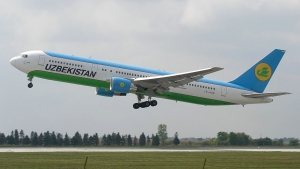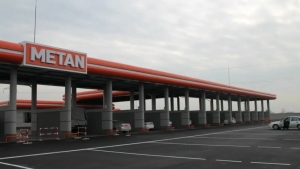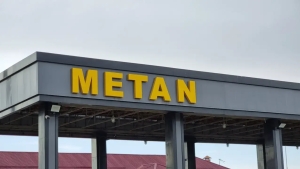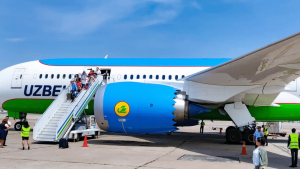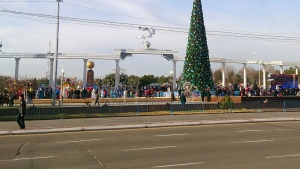The number of accidents on the roads is being reduced, a new program has started
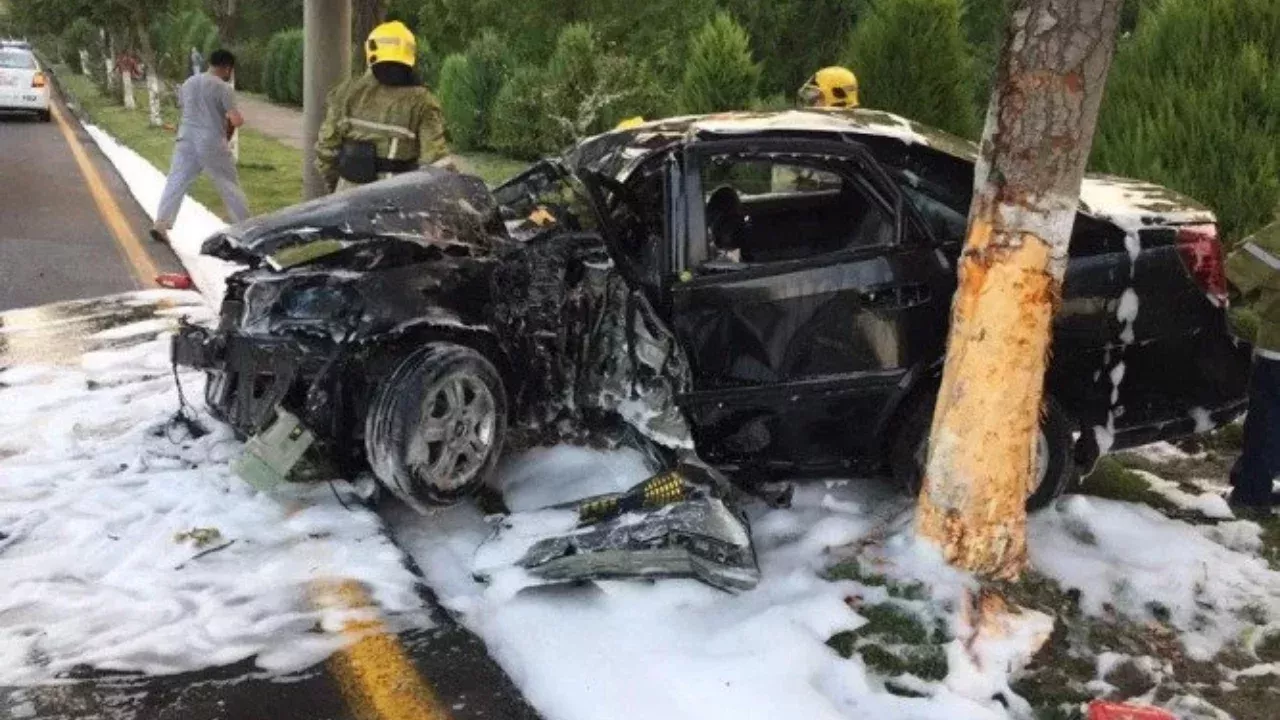
On average, six people die on the roads in Uzbekistan every day. This was reported by Zamin.uz.
This is not only official statistics but also a warning signal. The head of state, Shavkat Mirziyoyev, emphasized the need for a new approach to these issues during a meeting held on July 8, 2025, regarding the quality of road surfaces, safety systems, and the reduction of accidents.
According to the president's press secretary, the meeting reviewed the funds allocated for roads and the reforms implemented over the past seven years. Compared to the period before 2017, 3.5 times more, that is, 61 trillion soums have been spent.
However, the current results are not as expected. In 2024, 9,364 road traffic accidents were recorded, of which 2,030 resulted in fatalities.
This means that every fourth traffic accident ends in death. At least six families are mourning every day.
The highest number of fatalities occurs in Samarkand, Tashkent, and Fergana regions. In the first half of 2025, the situation remains severe in 20 regions.
The number of accidents has increased in districts such as Qiziltepa, Chust, Tayloq, Paxtachi, Urgut, Xonqay, Peshqun, Denov, Olmazor, and Shovot. At the same time, no fatalities have been recorded in the cities of Moynaq, Nukus, Yangiyer, Taxtako‘pir, and Ohangaron.
It is necessary to expand these positive experiences. Shavkat Mirziyoyev announced the implementation of the "Safe Road" national program at the meeting.
Within the framework of the program, road infrastructure and pedestrian safety will be improved. A republican fund called "Safe Road and Safe Pedestrian" will be established.
The fund will be financed by the state with 400 billion soums in 2025. The funds will be directed towards building pedestrian paths, installing traffic lights, road signs, and barriers, and ensuring physical and visual safety.
Additionally, 25% of the funds collected from fines will be allocated specifically to this fund. This will increase the responsibility of every citizen.
Another problem on the roads is the lack of a coherent connection between infrastructure and the control system. There is a shortage of 967 kilometers of pedestrian paths and 38,000 road signs, and there are no protective barriers on more than 1,500 roads.
This situation leads to other safety issues. After barriers were installed on a 6-kilometer section of the D-105 road in Fergana, fatalities dropped to zero in 2025.
Previously, at least 10 people would die here every year. This is clear evidence of an effective measure taken.
A new electronic portal will be launched within the framework of the program. There, the public will be able to obtain information about road problems, road signs, traffic lights, and pedestrian crossings, express opinions, and vote on projects.
The public will carry out oversight through photo and video reports. One of the most important aspects is the fair distribution of resources.
Each region and district will have equal opportunities. The allocation of fund resources will be carried out based on this principle.
As the president emphasized, every human life is invaluable. The fate of every person who dies on the road is a blow to the heart of the state, society, and family.
Therefore, there should be no room for inertia, bureaucracy, or indifference in the system. Every governor, leader, and head of the road management must accept ensuring road safety in their area as a civic duty.
This should become a common task not only for the state but for the entire society.


